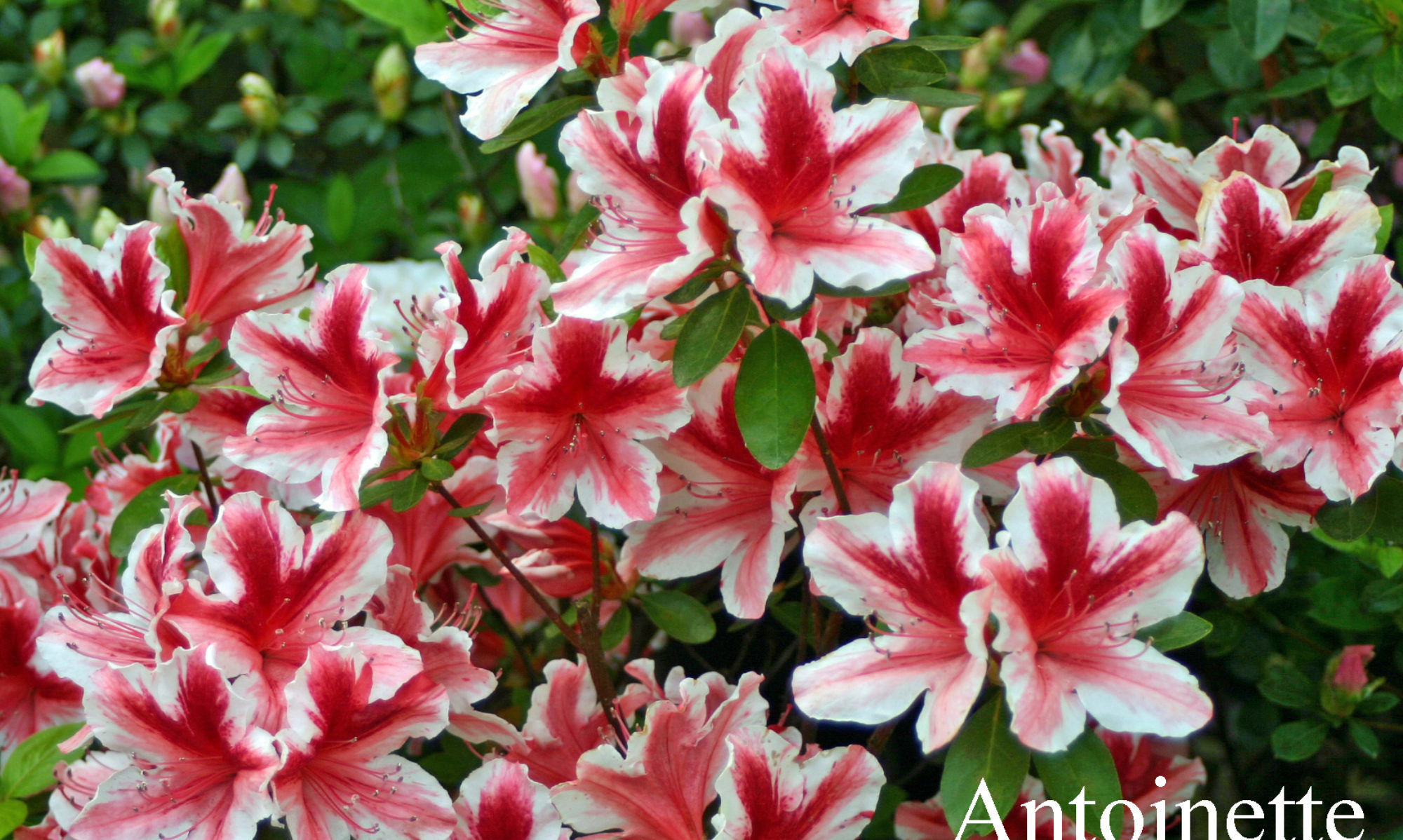To avoid losing next year’s blooms, you can prune small branches when the plant is in bloom (and enjoy them inside the house) or soon after.
For major pruning, the best time is in early spring before the plant is ready to put out new growth, so it has the full growing season to fill out and for the new growth to mature. When pruning azaleas to reduce height, particularly older plants, it is best to do the pruning in stages, to minimize the shock to the plant.
Before you start to prune, look at the plant you intend to work on, remembering that the branches which are shaded out often die back and become dead wood anyway. These should be removed first, as the effect of removing them may alter the way you approach pruning the rest of the branches to maintain the shape of the bush.
Older plants may have a number of tall branches which need to be eliminated. Remove two or three of the tallest branches, taking care to cut back to a side branch which is heading in the desired direction. Cut close to a side branch, as stubs tend to die back to the side branch and leave dead wood which may become infected later. If you remove a lot of the branches, it is a good idea to mulch around the plant to make up for the reduced shade on the roots. The new shoots, which will appear when the weather warms up, may come from the stubs and from the base of the plant.
Use clean cutters, and sterilize them as the work progresses, particularly after a cut in infected wood. Denatured alcohol is an effective sterilizing agent, as is rubbing alcohol or household bleach.
Next year take out two or three more branches using the same process, spreading the pruning over a three year cycle. This approach will result in the plant sending out new growth near the base, and lets you manage the shaping of the plant to achieve a nicely shaped bush. It also minimizes the shock to the plant.

